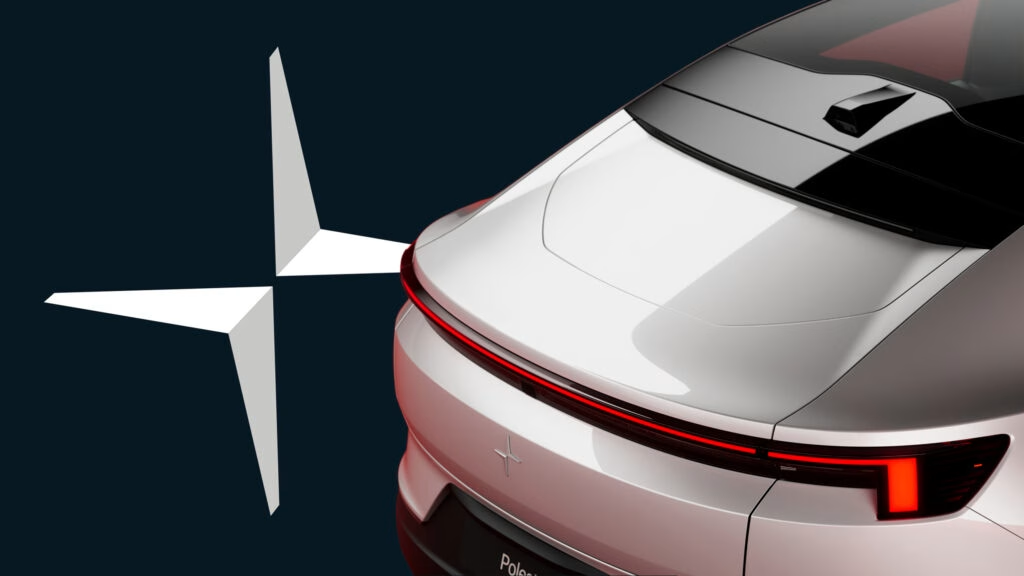Polestar is making headlines again, but this time it’s not for its sleek designs or innovative technology. The company is recalling over 27,800 units of its Polestar 2 electric vehicle due to issues with the reversing camera. If you own one of these vehicles, or are considering purchasing one, it’s essential to understand what’s happening and how it might affect you.
What’s Wrong with the Reversing Cameras?
The recall stems from a software glitch that causes the reversing camera to display a “camera temporarily unavailable” message instead of showing the view behind the vehicle. This issue can significantly impact safety, especially when reversing in tight spaces or busy areas. While the Polestar 2 does have a glass rear window, the situation raises questions about the reliance on technology over traditional design features.
Polestar’s decision to forego a rear window in its Polestar 4 model was based on the belief that a camera system could provide a better view. However, this recent recall highlights the risks associated with such a design choice. If the camera fails, drivers are left without a backup option, literally and figuratively.
Why Is This Recall Important?
This isn’t the first time Polestar has faced issues with its reversing cameras. In June 2024, the company issued a similar recall affecting nearly 26,000 Polestar 2 vehicles. That recall was resolved with an over-the-air software update, but it appears that the current problem is more complex and requires a physical fix. The automaker is now asking owners to bring their vehicles in for a software update that cannot be completed remotely.
The synchronization error between the Parking Assist Camera and the infotainment system is the culprit here. Such glitches are not unique to Polestar; many automakers have faced similar challenges. Brands like Ford, Hyundai, and Kia have also issued recalls for camera-related issues, indicating that this is a widespread problem across the industry.
Should Automakers Rethink Design Choices?
Polestar’s situation raises a broader question: should automakers be required to retain traditional design elements like rear windows for safety reasons? While the trend toward sleek, tech-driven designs is appealing, the reliance on technology can sometimes backfire. If a camera fails, drivers lose a critical safety feature, which could lead to accidents.
As more manufacturers explore designs without rear windows, it’s crucial to consider the implications. For instance, Jaguar has also introduced models without rear windows, suggesting that this trend might continue. However, the question remains whether this is a wise move or if it compromises safety.
What Should Owners Do?
If you own a Polestar 2, it’s vital to stay informed about the recall and follow the manufacturer’s instructions. Check your vehicle identification number (VIN) against the recall list to see if your car is affected. If it is, schedule an appointment with your local dealer to have the software updated.
For potential buyers, it’s worth considering the implications of such design choices. While the Polestar 2 and 4 offer modern aesthetics and advanced technology, understanding the potential risks associated with their features is essential.
The big takeaway? Relying solely on technology for safety isn’t about perfection—it’s about making smarter adjustments. Whether you’re a current owner or considering a purchase, staying informed and proactive can help you navigate the evolving landscape of automotive design and technology.

